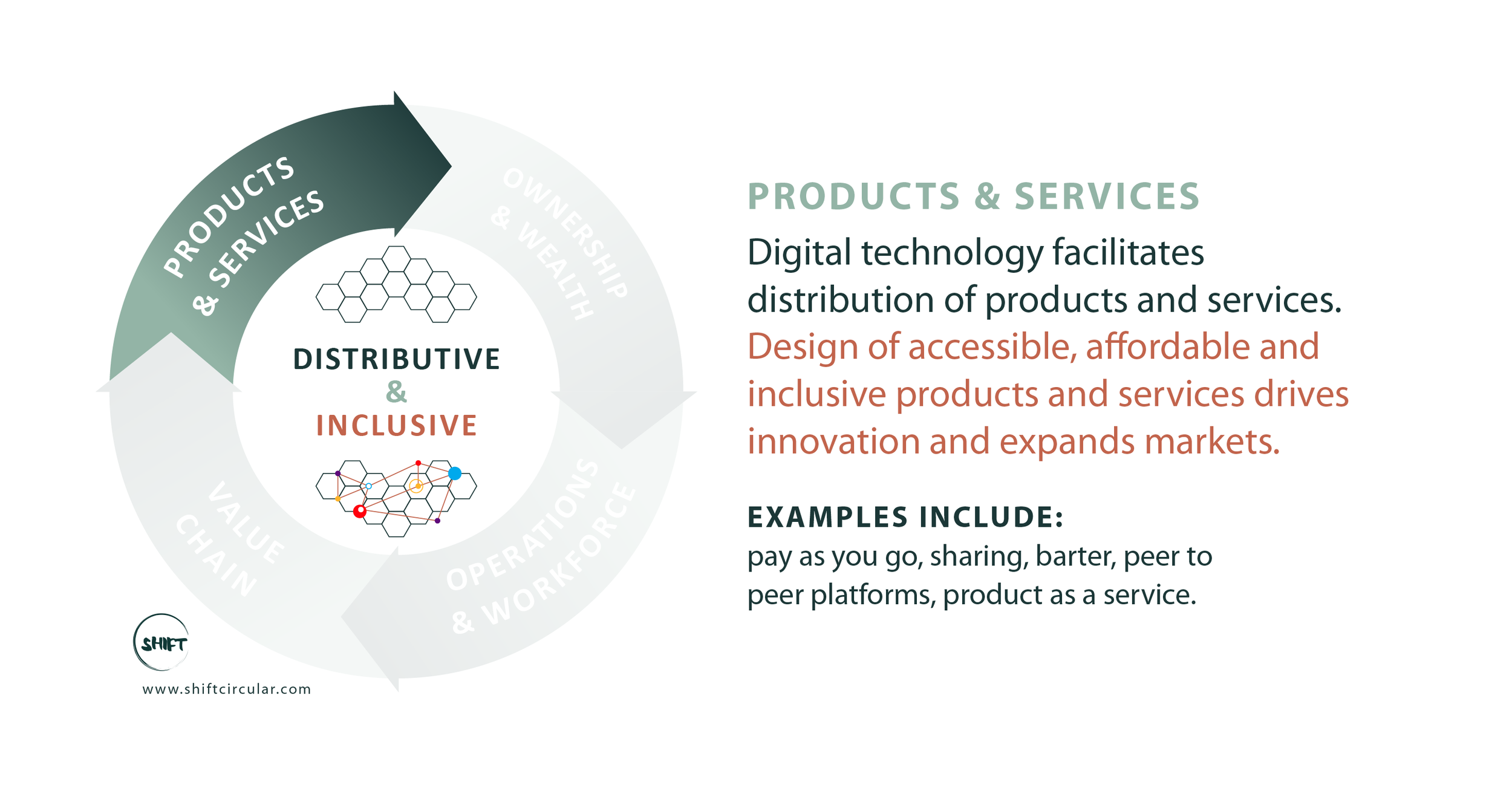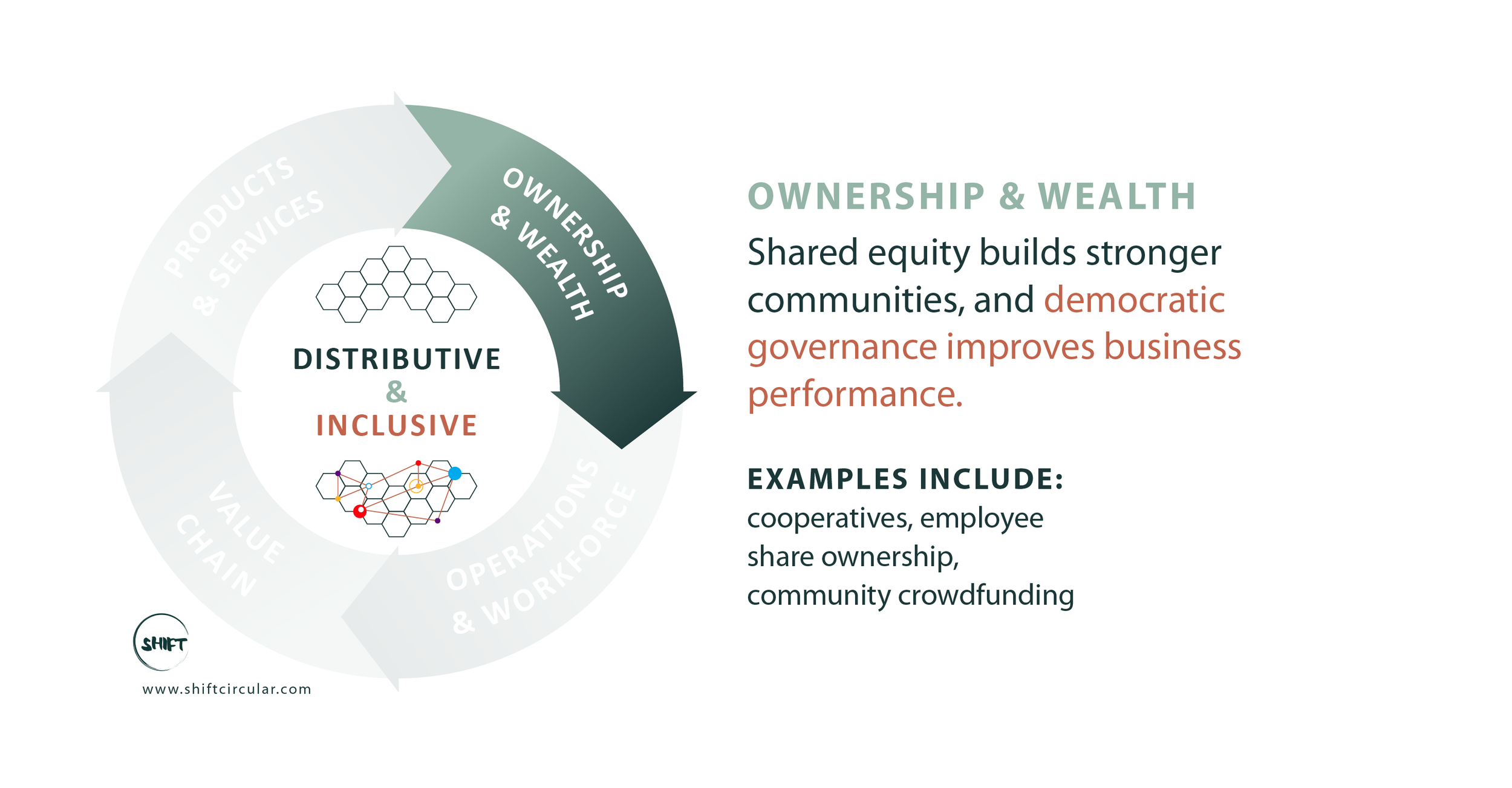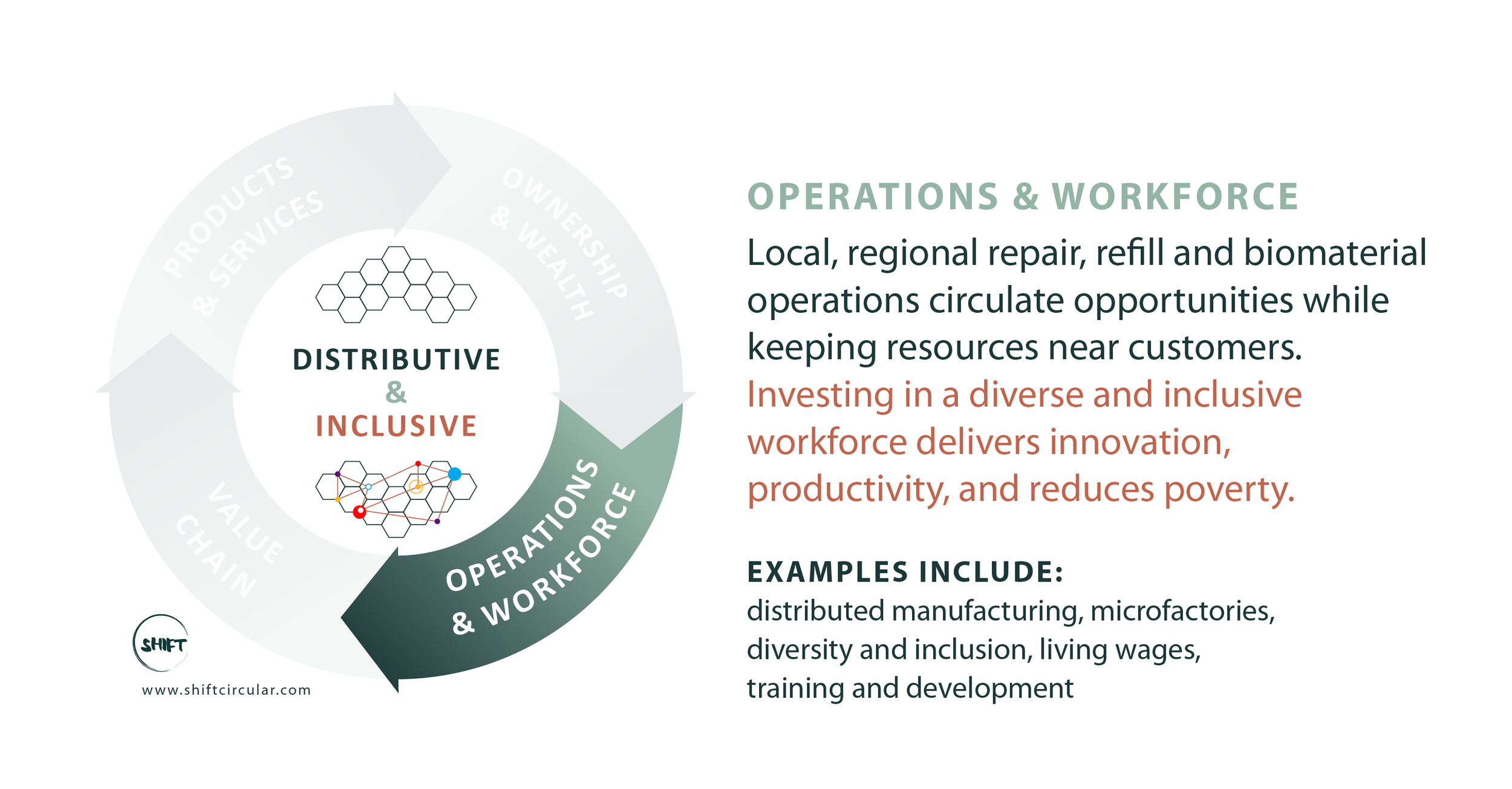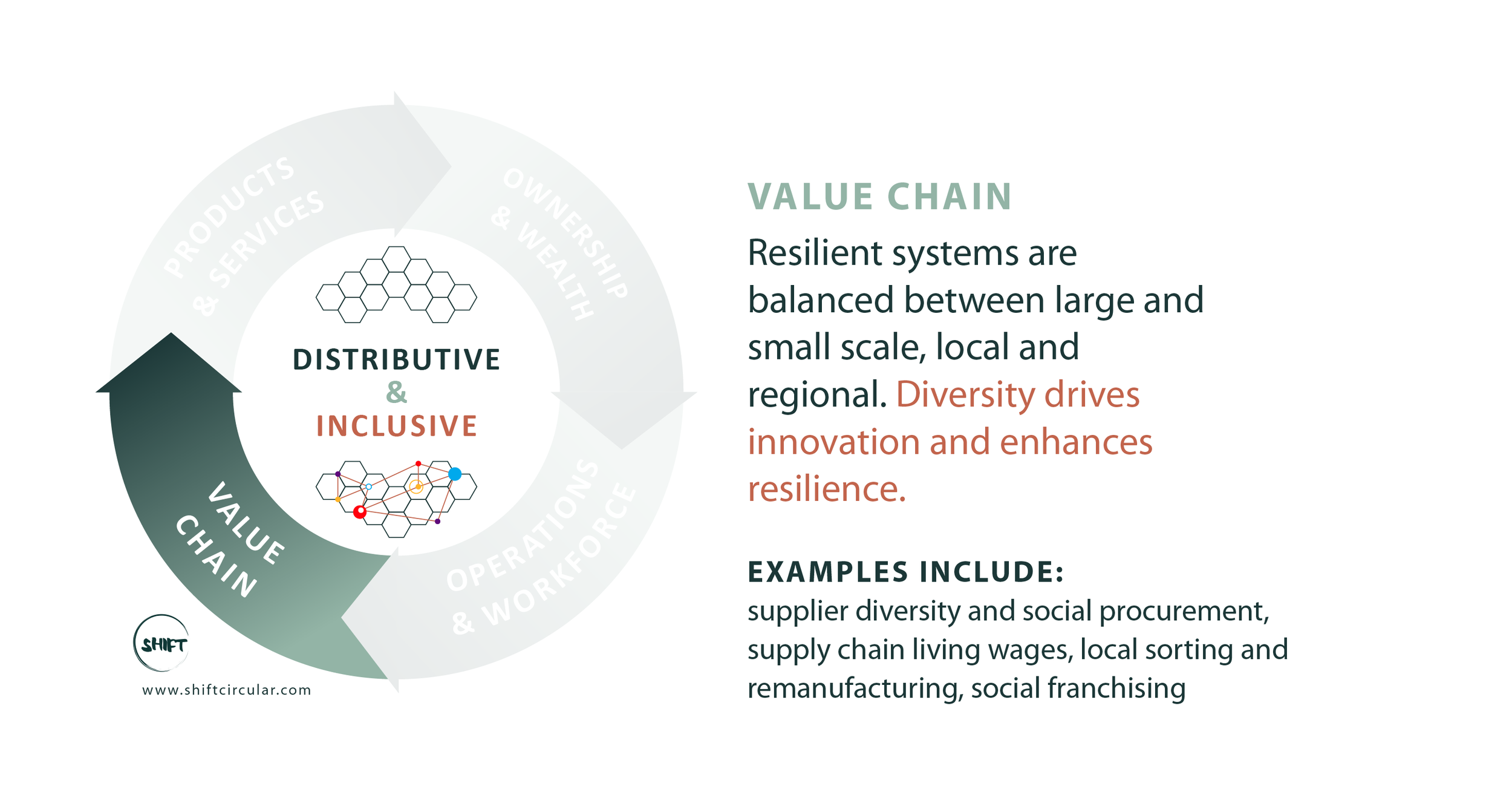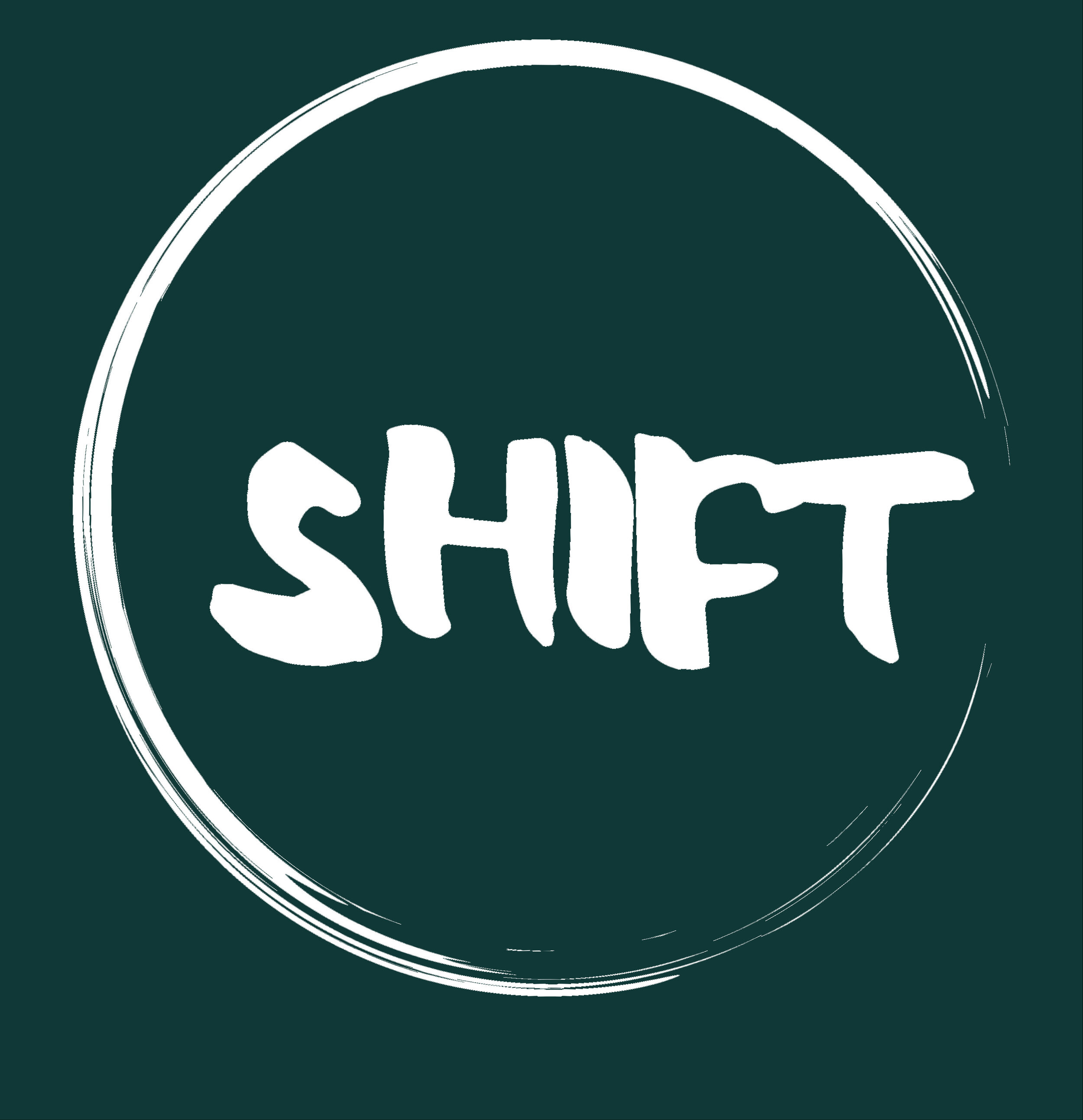our vision
Shift Circular advances circular businesses by leveraging the world’s most highly evolved system: nature.
Nature is regenerative by design, reusing resources to enhance the ecosystem.
Nature is also distributive by design.
In nature, distribution and circulation of resources (pollination, water cycle, nutrient cycle) enables natural systems to reach their highest potential.
Similarly, robust circulation of economic value, through distribution (rather than concentration) of opportunities, income and wealth, will enable a circular economy to reach its full potential for prosperity.
Our vision is to accelerate circular, distributive and inclusive solutions to build thriving communities on a healthy planet.
Leveraging circular and inclusive business solutions in the multi-trillion dollar economic transition to circular will distribute opportunities and wealth to create jobs, reduce inequality and poverty, creating shared prosperity on a healthy planet.
What could this look like?
Distributive by Design:
Distributive refers to intentionally choosing business structures that actively circulate opportunity, income and wealth to a broader group of owners, employees, suppliers, and regions, thereby enhancing resilience.
Employee share ownership and local repair hubs are examples of distributive business structures.
Within the circular framework, local/regional repair, refill and biomaterial operations offer significant distributive business opportunities, while also keeping materials closer to customers.
Inclusive by Design:
Greater distribution is a valuable precursor to inclusive, empowered participation. However, inclusion is an ongoing and active process.
Inclusive business models are commercially viable models that benefit lower-income or marginalized communities by actively designing for them as customers, and/or including them on the supply side as producers, entrepreneurs or employees. Examples include supplier diversity, employment social enterprises, and inclusive product and service design.
Distributive & Inclusive Business Framework

